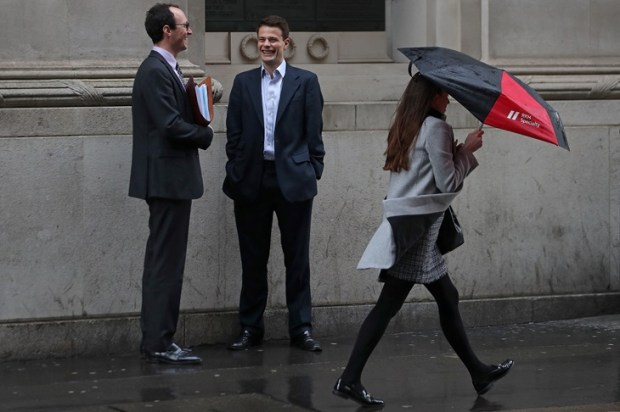Treasurer Jim Chalmers has decided to raid the Future Fund. Not content with ever-increasing tax revenue, the ALP is running out of other people’s money to spend, so it has directed its attention to Australia’s sovereign wealth fund. Let’s make no mistake: this is bad policy that sets a bad precedent and that will end badly.
Jim Chalmers claimed to be ‘modernising’ the Future Fund to make it ‘stronger, more successful, and more sustainable’. He asserted that the Future Fund will ‘still maximise its returns but it will also deliver for Australians by investing in energy, housing and infrastructure’.
Jim Chalmers’ assertions lack an understanding of basic portfolio construction.
It is axiomatic that a constrained portfolio cannot outperform an unconstrained portfolio except in very specific circumstances. Those include that the constraints give better access to quality deals that would otherwise be unavailable, the constraints help with capital raising and hitting a critical mass of funds under management, or the constraints otherwise lead to a mass of expertise and talent that would have been unavailable otherwise.
There is no justification for forcing the Future Fund to devote part of its portfolio and imposing such a constraint. The Future Fund already can, and does, hire talent across the field. The Future Fund does not need a constraint to raise outside capital. The Future Fund already has access to quality deals and a constraint is unnecessary for it to access any additional deal or investment. In short, if an investment is good, the Future Fund is well capable of investing in it already.
These basic mathematical facts highlight the absurdity of Jim Chalmers’ stance. If ‘affordable housing’ or ‘renewable energy’ were good investments, the Future Fund would already partake in them. Indeed, the Future Fund is involved in some energy-related investments and funds already. But, the additional focus and mandate would now force the Future Fund to invest in lower quality investments that deliver lower returns, higher risk, or both.
Jim Chalmers is wrong, and he is spreading economic misinformation that would run afoul of the ALP’s Misinformation and Disinformation Bill were it to be law. Either Jim Chalmers does not understand basic portfolio construction, or he does not care.
An independent Future Fund can deliver outcomes in a much smarter way than Jim Chalmers proposes. A fully independent Future Fund, with an appropriate benchmark, should be run entirely at arm’s length. Should the Future Fund beat the benchmark after fees, then it could pay 20 per cent of the performance above that benchmark back into the government. The remaining 80 per cent would be reinvested in the fund to grow it. This would resemble the performance fee that a fund manager might earn, but ironically, here, the performance fee would be paid to the investor. Under no circumstances should the government direct the Future Fund to invest in specific priorities or raid money from the Future Fund.
Unfortunately, however, whenever a pot of money exists, the government treats it as a magic pudding to raid. We have seen this with the reprehensible raid on superannuation via Division 296. We are now seeing it with the Future Fund.
The Future Fund raid sets a bad precedent. It signals to future governments that they can direct the Future Fund to invest in their personal ideological foibles. Thus, even if you agree with Jim Chalmers’ priorities, you might not agree with Peter Dutton’s. Jim Chalmers has now opened the Pandora’s Box of political shenanigans.
The net result is that we all lose. The Future Fund is supposed to generate wealth, potential to be able to pay dividends when required. But, this is contingent on the Future Fund not being raided or hamstrung along the way. The government and Jim Chalmers are doing just that.

























